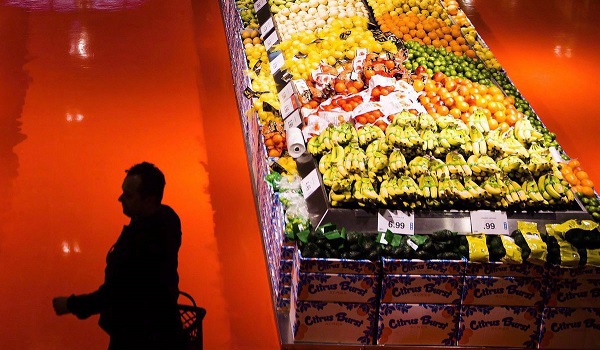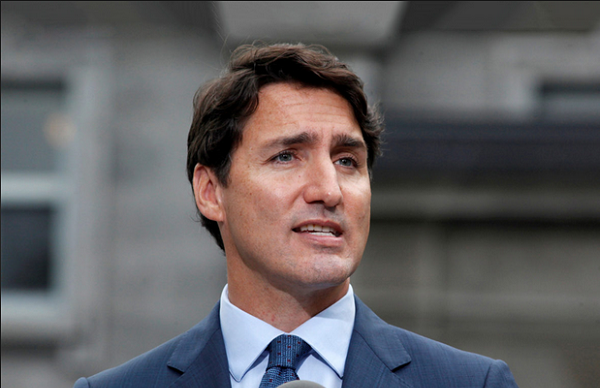Fear of looming tariffs: ‘Canada has taken the lazy route’ of purchasing cheap produce from the United States
At Wrightway Farm in Caledon, Ont., living off the land has been a way of life since the 1940’s.
While that legacy lives on, these days, farmer Ryan Wright focuses his 250 acres on what will feed his cattle and what will make him a profit on the international market.
“We grow corn, soybeans, wheat, we grow some mixed grains, and we grow a little hay for the cattle.”
The little bit Wright does grow to sell won’t be eaten by Canadians. “Last year, we actually grew food grade soybeans – a non-GMO bean that was sold to the market in Asia.” For his family farm, “we’ve got to make income and pay the bills just like everyone else.”
Wright isn’t alone in shipping his yield overseas or south of the border. Farmers across the country are following suit with their produce, simply because it’s more lucrative to sell it to other countries – namely the United States. It’s also cheaper to purchase produce for Canadian consumption from the United States and Mexico.
However, those fruitful trade deals could soon go sour with the threat of tariffs knocking on Canada’s door.
For decades, Canada “took the lazy route of importing products from the United States,” said Dalhousie University Food Distribution Professor Sylvain Charlebois.
“That’s the cheapest way, [and the] easiest way, to do it,” he added. “The hardest way is to actually have a plan — and Canada doesn’t have a plan.”
If Canada wants to establish a self-sustaining food system that isn’t reliant on the United States to boost the profits of farmers, it will need more active trade partners, diversified crops, and to be less reliant on the U.S. for low-cost produce.
According to industry experts, one solution towards gaining more national independence in terms of food security could be through large scale greenhouses. CTV National News travelled to Leamington, Ont., home of the largest density of greenhouses in North America.
With thousands of bell pepper plants at his back, Ontario Greenhouse Vegetable Growers Executive Director Richard Lee gestured to the rows upon rows of produce.
“Controlled environment agriculture is the future of farming,” he said. “We yield about 20 per cent more harvest than conventional field farming. When you look at protecting the plants from the elements, this is the perfect opportunity.”
In the greenhouse we were standing in, Lee said that roughly 80 per cent of the peppers are destined for the more lucrative U.S. marketplaceto bolster profits. A Statistics Canada report shows that in March 2024 more than $36-million worth of peppers were sold by Canadian farmers to the United States. In turn, Canada imports billions of dollars’ worth of produce from the U.S. each year. It’s simply cheaper to buy from farms in Arizona and California than it is to buy from Canadian farms and Canadian greenhouses.
Want an example? Look at the humble lettuce. About 90 per cent of our leafy greens are imported, with the majority coming from the U.S.
Lee says we could begin growing more lettuce and other produce in Canada, but it’s going to take investment and innovation.
“We are currently growing strawberries, eggplant, and lettuce; but not at the volumes we do of peppers, cucumbers and tomatoes,” he said.
“The research facilities we’re engaged with are looking at growing apples, papayas and bananas in a closed (greenhouse) environment. So, when you look at food security and the future of food security in Canada, that’s where the investment needs to go: ensuring we have opportunities to explore these research initiatives, implement them, and get the yields we need to support a greenhouse operation financially,” he said.
Lee and the greenhouse industry, however, could be left in the cold by U.S. tariffs. The peppers he gestured to are set to be picked during the second week of March. By then, Canada and the United States could be embroiled in an all-out tariff war.
Lee admits he is concerned.
“How could you not be? Our growth trajectory could be potentially stymied. These peppers are growing, the investment has been made. And when they’re ripe and they’re ready to be picked, they have to come off.”
This article was first reported by CTV News












